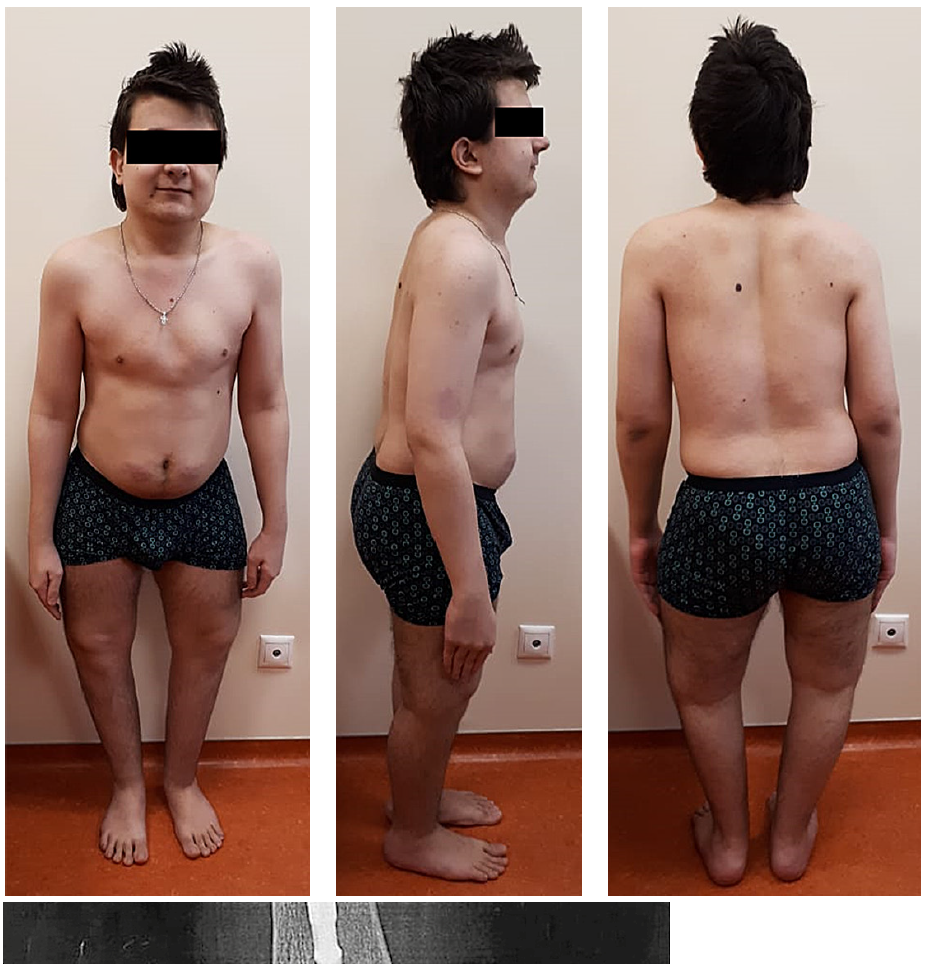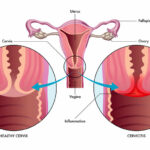Childhood hypophosphatasia (HPP) is a rare genetic disorder characterized by defective bone mineralization, leading to weakened bones and dental abnormalities. This condition results from mutations in the ALPL gene, which encodes the tissue-nonspecific alkaline phosphatase (TNSALP) enzyme. HPP is a complex condition with varying degrees of severity, often classified based on the age of onset and clinical manifestations.

What Causes Childhood Hypophosphatasia?
Genetic Mutations in the ALPL Gene
Hypophosphatasia arises due to mutations in the ALPL gene, responsible for producing TNSALP. This enzyme plays a critical role in bone mineralization by regulating inorganic pyrophosphate (PPi) levels, a natural inhibitor of hydroxyapatite crystal formation. Mutations lead to insufficient TNSALP activity, causing an accumulation of PPi and impairing bone hardening.
Inheritance Patterns
HPP can be inherited in an autosomal recessive or autosomal dominant manner, depending on the specific mutation. Autosomal recessive inheritance is more commonly associated with severe forms of the disease, while milder cases often follow an autosomal dominant pattern.
Signs and Symptoms of Childhood Hypophosphatasia
Bone Abnormalities
- Rickets-like deformities: Bowed legs and other skeletal abnormalities resembling rickets.
- Fractures: Increased susceptibility to fractures, even with minimal trauma.
- Delayed growth: Short stature and failure to thrive in severe cases.
Dental Manifestations
- Premature tooth loss: Early loss of primary teeth, particularly incisors, is a hallmark of HPP.
- Enamel hypoplasia: Defective enamel may lead to increased dental caries and sensitivity.
Other Symptoms
- Muscle weakness: Due to compromised skeletal structure and metabolic disturbances.
- Chronic pain: Bone and joint pain, often leading to reduced mobility.
- Respiratory issues: In severe cases, chest deformities may impair breathing.
Diagnosing Childhood Hypophosphatasia
Clinical Evaluation
Diagnosis often begins with a detailed medical history and physical examination. Signs such as premature tooth loss and skeletal abnormalities may prompt further investigation.
Laboratory Tests
- Alkaline phosphatase (ALP) levels: Markedly low serum ALP levels are a key diagnostic indicator.
- Vitamin B6 (PLP): Elevated serum PLP levels may support the diagnosis.
- Genetic testing: Identifying mutations in the ALPL gene confirms the diagnosis.
Imaging Studies
- X-rays: Radiographic imaging reveals rickets-like deformities, fractures, and other skeletal abnormalities.
- Bone scans: Highlight regions of impaired bone mineralization.
Treatment Options for Childhood Hypophosphatasia
Enzyme Replacement Therapy (ERT)
Asfotase alfa, a recombinant TNSALP enzyme, is the first FDA-approved treatment for HPP. It addresses the underlying enzyme deficiency, improving bone mineralization and reducing disease severity.
Supportive Care
- Orthopedic interventions: Surgical correction of skeletal deformities may be required in severe cases.
- Dental care: Regular dental checkups and specialized treatments help manage tooth loss and enamel defects.
- Physical therapy: Strengthens muscles and improves mobility.
Nutritional Support
Maintaining adequate levels of calcium and vitamin D is essential to support bone health. However, supplementation should be carefully managed to avoid complications.
Prognosis and Quality of Life
The prognosis of childhood hypophosphatasia varies based on the severity of the condition and the timeliness of treatment. Early diagnosis and intervention significantly improve outcomes, allowing many children to lead relatively normal lives. However, long-term management is often required to address skeletal, dental, and other systemic complications.

